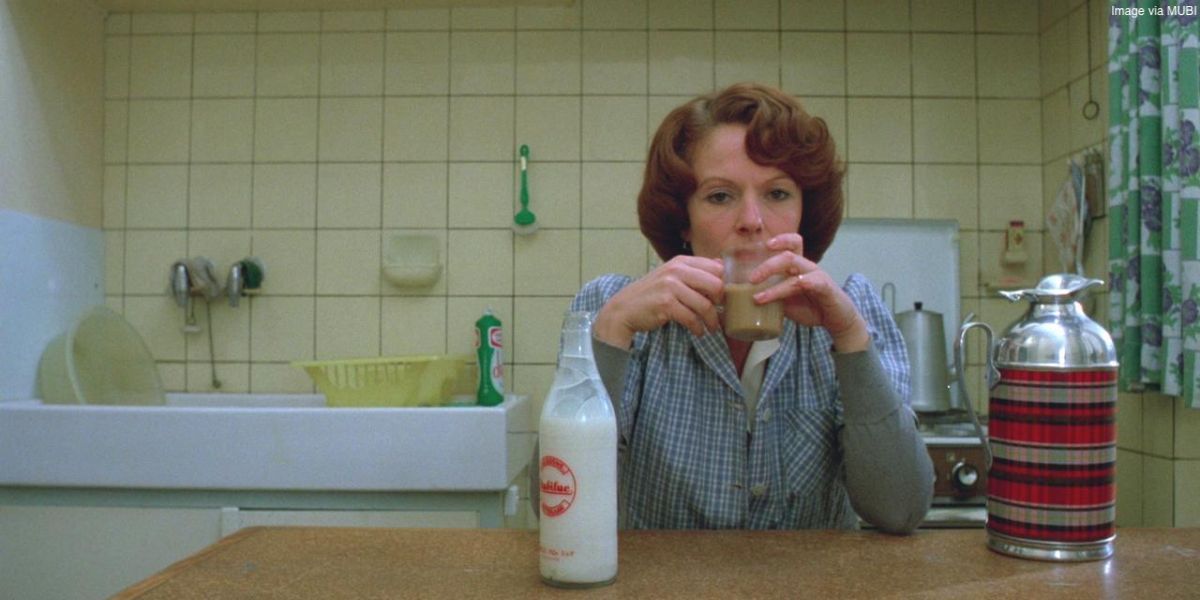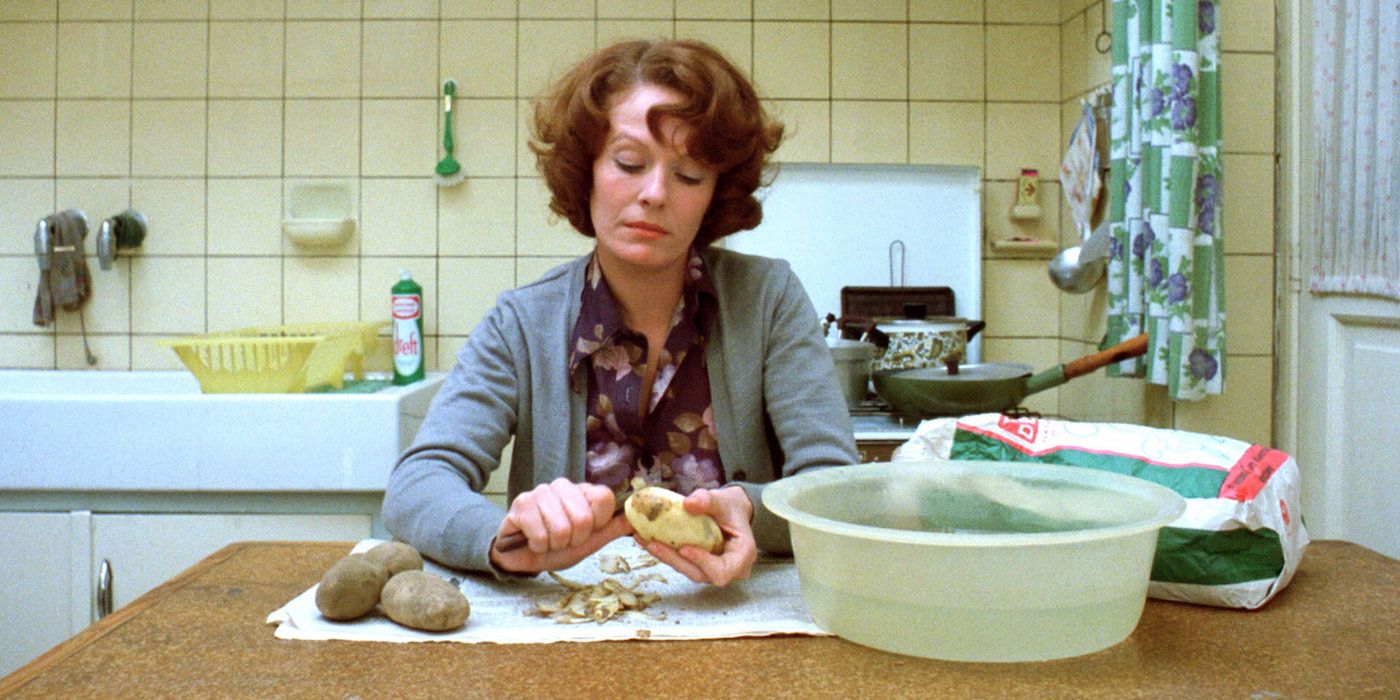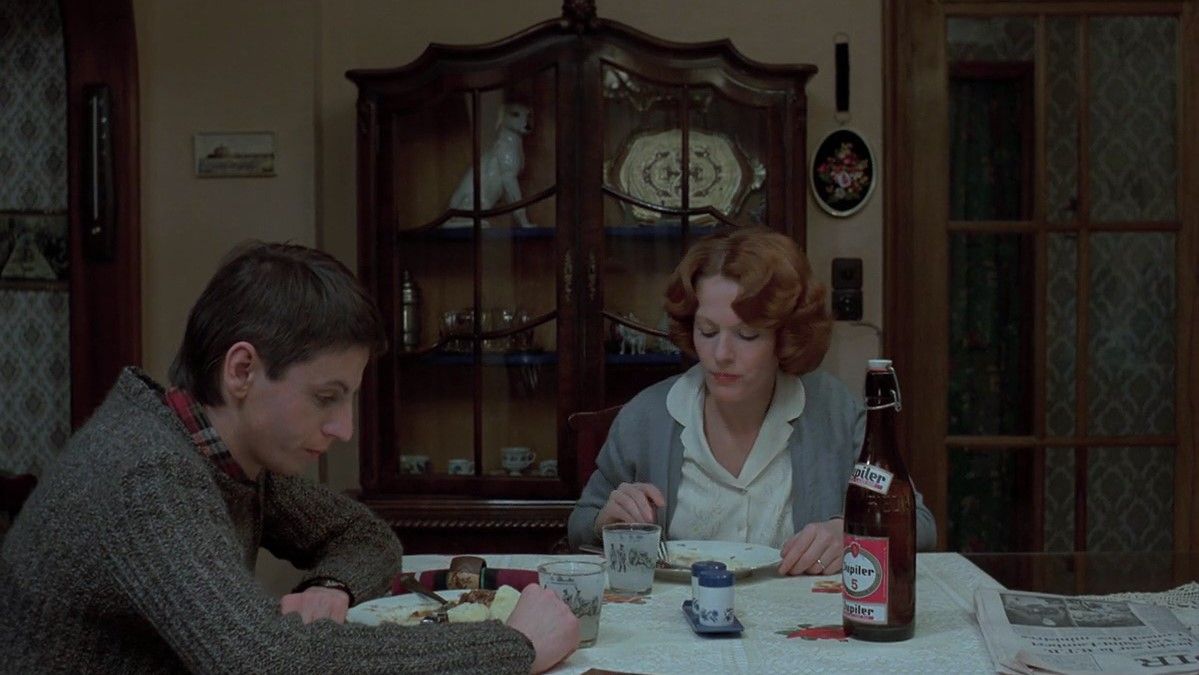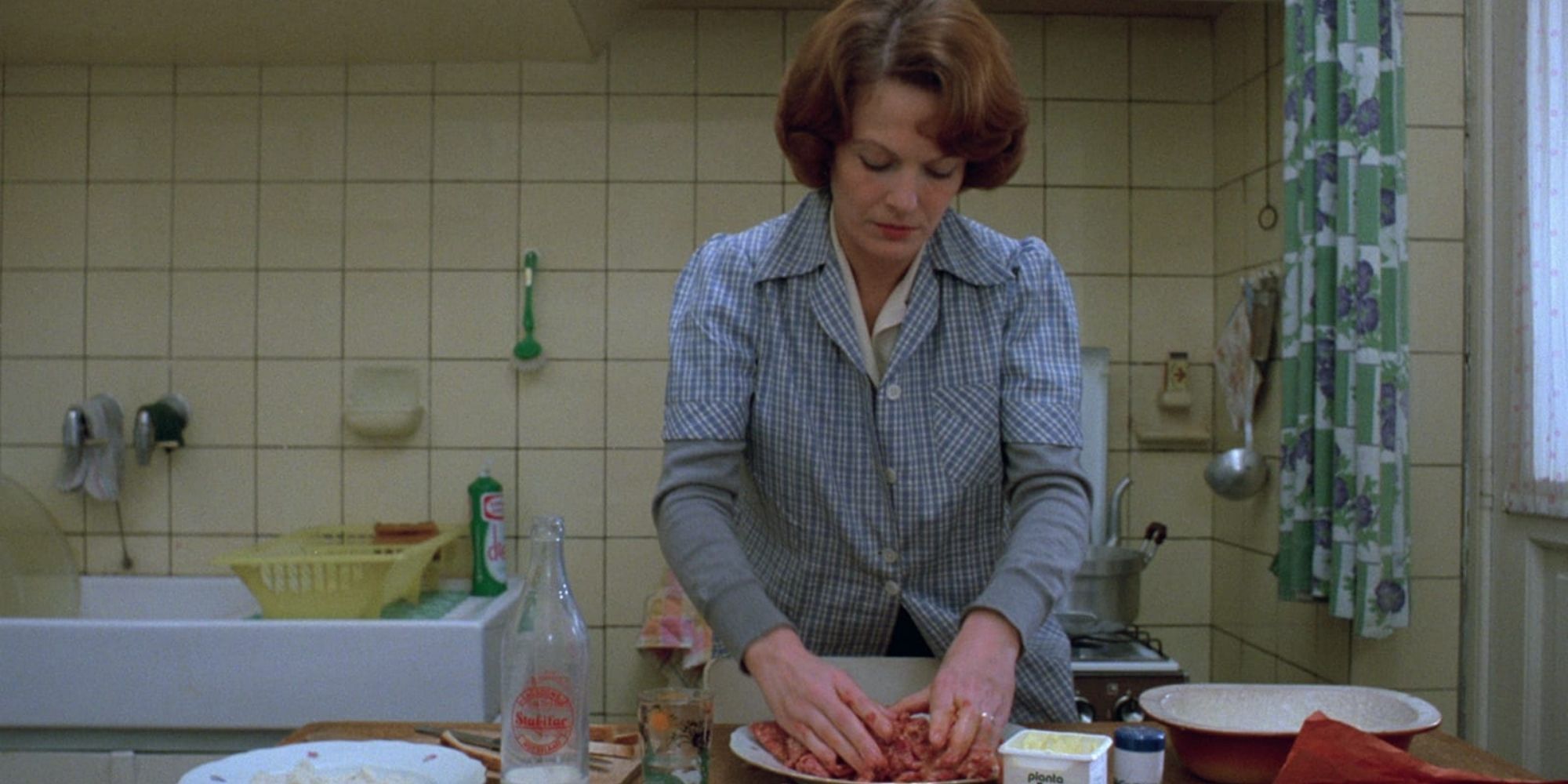As cinema geeks waited for Sight & Sound to release the latest iteration of its Greatest Films of All Time list, they warmed themselves up for the inevitable Twitter arguments by pregaming a little. What movie would take the top spot this time? Would it be Vertigo again? Would Citizen Kane take back the throne? Maybe a newer film would swoop in and surprise everyone, like Mulholland Drive or In the Mood for Love. They discussed various possibilities, taking into account recent efforts to ensure diversity in the voting body, as well as how the landscape of film criticism has changed since the last poll in 2012.
But they didn’t count on Dielmania.
According to Sight & Sound’s latest poll of over a thousand critics, the greatest film of all time is Jeanne Dielman, 23 quai du Commerce, 1080 Bruxelles, directed by Chantal Akerman and released in 1975. Some cinephiles were delighted. Others were confused. A vocal minority declared that Sight & Sound had Gone Woke, as though the list was assembled by a hive mind with a specific agenda and not the broad consensus of a thousand argumentative film nerds. Still others had never heard of Jeanne Dielman at all — and, after checking it out for 15 minutes, were left with many more questions than answers.
What is 'Jeanne Dielman' About, Anyway?
For the uninitiated: Jeanne Dielman depicts three days in the life of the titular middle-aged widow (Delphine Seyrig), who spends her time housekeeping, running errands, and turning the occasional trick as a prostitute. Most movies would cut around the housekeeping, or at least make it dynamic and stylized for the viewing pleasure of the audience. Not Jeanne Dielman. With only the ambient hum of fluorescent lighting for a soundtrack, we watch shot after long, static shot of Jeanne doing chores, more or less in real time. She scrubs dishes, peels potatoes, folds blankets, and polishes shoes; in some ways it’s more interesting than it sounds, but in other ways it’s exactly as interesting as it sounds. The film is over three hours long, and even its fans (myself included) will tell you that it feels at least an hour longer.
So how did this movie, still obscure to those who aren’t hardcore film buffs, jump from #36 in the previous incarnation of the Sight & Sound list all the way to number one? There are a few different reasons, all of which deal with the way film (and film criticism) has changed over the past 10 years — as well as what’s stayed the same.
Changing Demographics Played a Role
When Sight & Sound conducted its first poll in 1952, they asked 85 film critics and received 63 responses. (That year, the top spot went to 1948’s Bicycle Thieves, directed by Vittorio De Sica.) For the next 50 years, the poll remained an exclusive affair, the unofficial canon of great cinema being decided by no more than 145 (mostly white, mostly male) respondents. That began to change in 2012, with 846 respondents, and changed even further in 2022, with over 1,600 respondents. (And that’s not even counting the separate director’s poll.)
2022’s poll is the most diverse yet, and it shows in the results. In 2012, only two films directed by women, Jeanne Dielman and Claire Denis’ Beau Travail, made the top 100; in 2022, there are 11, including four — Jeanne Dielman, Beau Travail, Cléo from 5 to 7, and Meshes of the Afternoon — in the top 20. This diversity manifested in a few other ways, such as more films by Black filmmakers, but Jeanne Dielman’s place at the top is the most eye-popping example of this changing landscape. Some, most notably that famous curmudgeon Paul Schrader, have spoken out against what they see as “woke” excess, but for most forward-thinking cinephiles this change has been a long time coming. (Besides, at number three on the critics’ list, it’s not like Citizen Kane has gone anywhere.)
A Reaction to Modern Cinema?
Jeanne Dielman isn’t the longest movie on the Sight & Sound list — Sátántangó, for instance, is twice as long — but its reputation precedes it. It’s been built up as an unapproachable behemoth, a three-hour endurance test; the Dark Souls of art cinema, if you will. Since the recent list, the film’s fans have gone to bat for it, arguing that there is pleasure and even excitement to be found in its domestic dioramas. But to argue about the entertainment quotient is beside the point, and that may be part of the reason why it’s in the top spot.
It’s foolish, of course, to ascribe a single motivation to such a large voting body. But it’s possible to view Jeanne Dielman’s ascendance as an expression of defiance against a cinema landscape that prioritizes entertainment above all else. Today, the box office is virtually monopolized by populist, franchise-driven escapism, with so-called “adult” movies confined to the art houses; the pandemic exacerbated the issue, but it was in motion well before 2020. Audience’s attention spans have shrunk, to the point where a perfectly straightforward drama like last year’s The Power of the Dog was joked about as an impenetrable slog — at the Oscars where it was contending for Best Picture, no less. There’s nothing wrong with populist entertainment, but when Steven Spielberg — Steven goddamn Spielberg! — has trouble getting butts into seats, it’s worth asking whether too much ground has been ceded.
Yes, Jeanne Dielman is a challenging watch; to paraphrase Jonathan Franzen, it’s not a film for when you’re not sure if you want to watch a movie or play paintball. But the value of a movie should not be defined by its value as entertainment. Entertainment is a great thing, but it isn’t the only thing, and that shouldn’t be forgotten. In a time when “challenging” and “difficult” have become dirty words, where movies beg for your attention with the clumsy enthusiasm of a golden retriever, it’s nice to see recognition for a genuine work of art that demands you engage with it on its own terms.
'Jeanne Dielman' Is Just Great Cinema
It’s easy to get caught up in Jeanne Dielman’s importance: its revolutionary feminism, its impact on slow cinema, the way it influenced everyone from Todd Haynes to Sofia Coppola (and also, weirdly, Maid in Manhattan). But it would be a mistake to ignore the fact that, underneath it all, it’s just an immaculate picture, filled with gorgeously composed shots and bolstered by a subtle, fascinating performance by Delphine Seyrig. It may not be trying to entertain you, but once you learn how to watch it, it’s an embarrassment of riches.
I compared Jeanne Dielman to Dark Souls earlier, and while it may seem like a silly comparison I think there’s some merit to it. To a newcomer, Dark Souls is a singularly hostile experience. It’s punishingly difficult, with complex combat and bosses that may kill you a hundred times before you finally beat them. Its world is enormous and labyrinthine, with key paths and upgrades hidden in far-away, unintuitive places. Where other triple-A games sell a power fantasy, Dark Souls reinforces the insignificance of the protagonist (and by extension, the player) at every turn. Some players will eventually get too frustrated to continue; others, however, will get on the game’s wavelength, learning through trial and error and being rewarded with a rich, satisfying experience.
The key to enjoying Jeanne Dielman is the same as enjoying Dark Souls. If you watch it the same way you watch a more conventional movie, you’ll be clawing at the walls after 20 minutes. When you see Jeanne breading a veal cutlet or peeling potatoes, accept the fact that you’ll be watching her do that for the next few minutes. Take in every detail you can, from the color of the kitchen wall to the sound of Jeanne’s cutlery. Let your mind wander. Think about your own chores, or the chores your mother did when you were a child. Study Jeanne’s facial expressions and body language. Is she content? Stressed? What is she thinking about? How does she feel? How would you feel if you were her? If you pay close enough attention, a dropped fork will make you jump and gasp; and then, you’ll understand why this movie is admired and loved the way it is.





